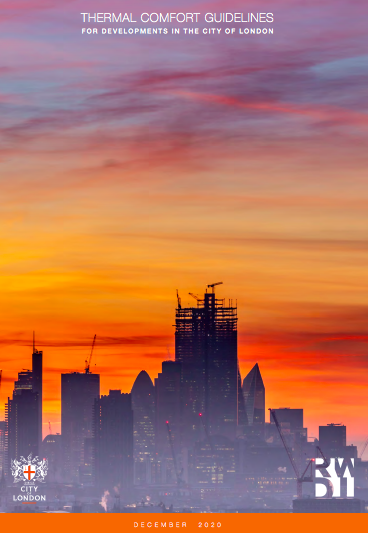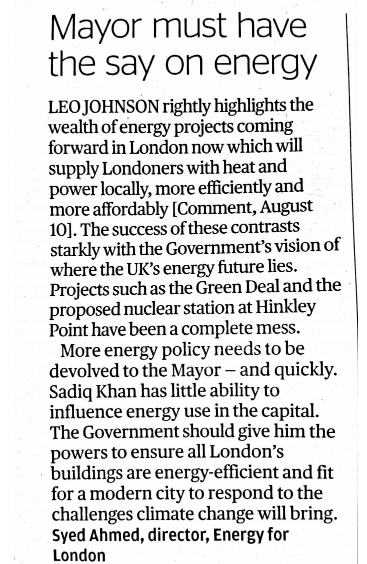The redevelopment of the Agar Grove estate, in Camden, is not only expected to be the biggest residential Passivhaus development in the UK. It is also highly challenging for the designers involved.
As well as having an 18-storey Passivhaus residential tower on a tight inner-city site, the development is subject to environmental planning requirements that are not always compatible with Passivhaus principles. For example, heat networks might appear to be a prerequisite for large housing schemes in London, which means incorporating a network of heating pipes. The heat loss from the pipework introduces an increase in annual ‘primary energy demand’,I which is limited in the Passivhaus standard, so the project team had to work hard to come up with an ultra low-loss network design.” Read the full case study here.
Camden already has two other developments that meet the passivhaus standard – Loudoun Road and Alexandra Road,



